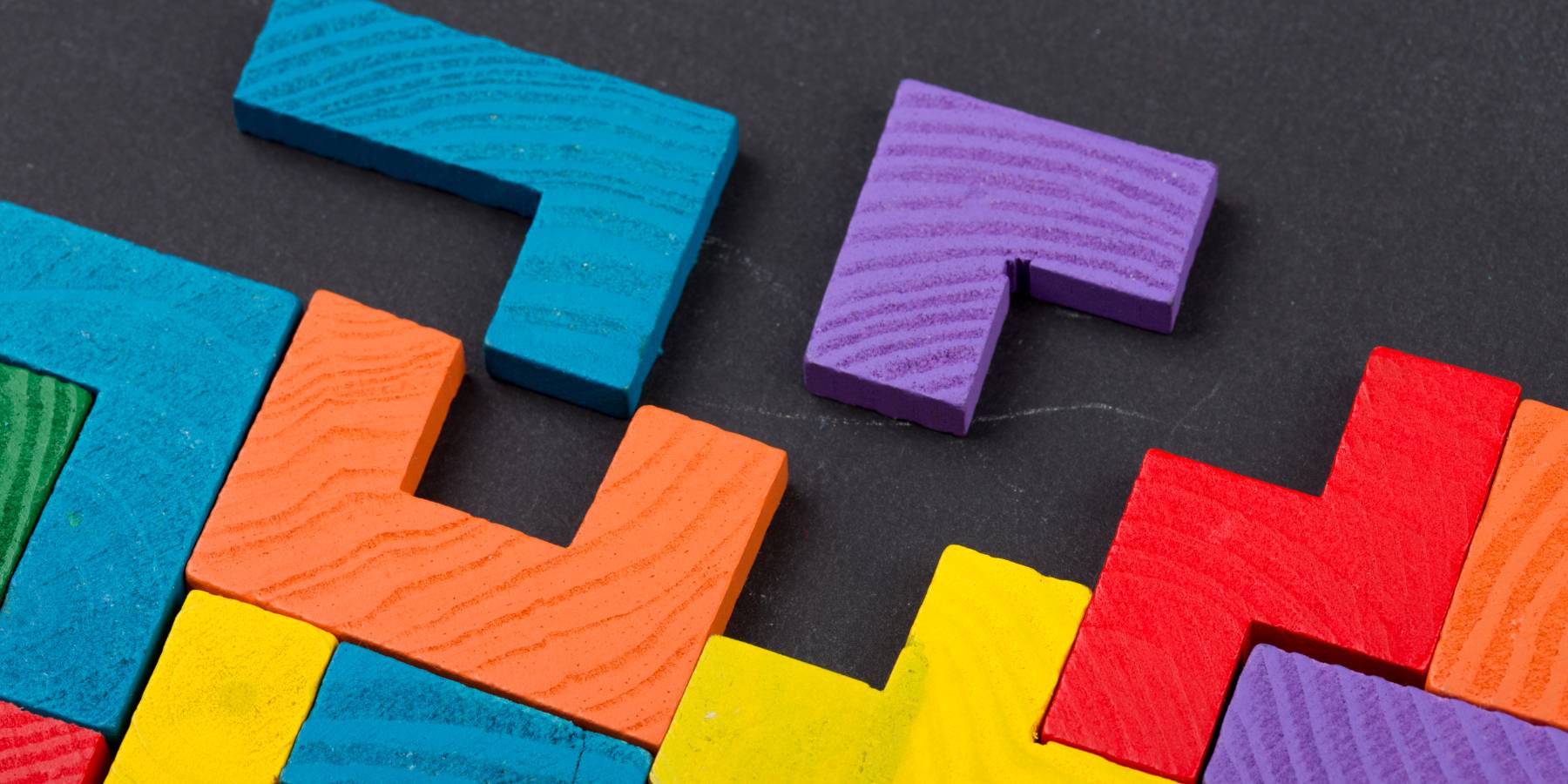Let’s take a closer look at ten of the most exciting connected healthcare products today.
Asset-tracking
Okay, so tracking the location of staff members, patients and hardware throughout a healthcare setting might not sound like the most glamorous application of IoT technology, but it can have a substantial impact in terms of both security and process efficiency. It’s a simple and inexpensive way of carrying out basic monitoring without human intervention. Small innovation – big impact.
Swallowable sensors
Colonoscopies can be embarrassing and highly uncomfortable, but they are a vital means of investigating and monitoring wide variety of conditions. Soon, patients will be swallow a connected sensor the size of a cod liver oil tablet, which can diagnose and track conditions such as irritable bowel syndrome and bowel cancer.
Urine monitoring
Again, this might not sound like the most glamorous aspect of connected healthcare, but monitoring urine output and body temperature can help medical practitioners to spot signs of infection faster, and connected catheterscan do it automatically. It’s another example of the IoT enabling the monitoring of a simple quality with far-reaching impacts.
Connected contact lenses
Once the stuff of science fiction, a non-invasive smart contact lens called Triggerfish has been approved for marketing and sale in Europe, the US and now Japan. By automatically recording changes in eye dimensions that can lead to glaucoma, the device enables easy, cost-effective and continuous risk assessment of a condition which often has no immediate symptoms and yet can lead to devastating sight loss.
Diabetes management
Diabetes is one of the fastest-growing and costliest diseases to manage globally, but the IoT is having an impact in multiple areas. Smart continuous glucose monitoring and connected insulin pens are enabling people living with diabetes to monitor and manage their conditions far more closely and proactively, and closed-loop insulin delivery systems, which also automate the delivery of insulin as required, are close to commercial launch too.
Asthma
Asthma affects hundreds of millions of people worldwide, and connected inhalers are enabling people with the condition to understand what might be causing their symptoms, as well as taking their medication more consistently and more frequently. Then there are wearable smart asthma monitors, which can even detect the symptoms of an attack before the individual is aware, so they can manage it more proactively.
Integrated dosing
Chrono Therapeutics produces medication patches which sit on the skin and deliver drugs at a steady pace throughout the day. This can relieve symptoms experienced when a large dose is taken at once, and enables the dynamic adjustment of drug levels according to what the patient needs.
Cancer treatment
Connected technology in the world of oncology can make the difference between patients being tied to their homes, or regularly visiting hospital in order to undergo tests and monitoring and being able to live more active lives throughout what can be arduous and long rounds of treatment. It is all about being able to monitor key symptoms in relation to the cancer and transmitting data automatically to clinicians. Relatively simple to achieve; massive in its outcomes.
Coagulation checking
The speed at which blood clots is a key indicator for a multitude of conditions. Now, a Bluetooth-enabled coagulation system enables patients to check this at home, stay within their therapeutic range, lower the risk of bleeding and stroke, and share data with their healthcare providers.
Cognitive health monitoring
Depression, anxiety and other mental health conditions are among the widest-reaching and difficult to treat health conditions today. IoT technology can be the engine for apps which can enable patients to monitor their moods and feelings on a more regular basis than traditional clinical methods, and the potential in this area is enormous. Results from an exploratory study using Apple Watches to monitor and assess Major Depressive Disorder were impressive.
